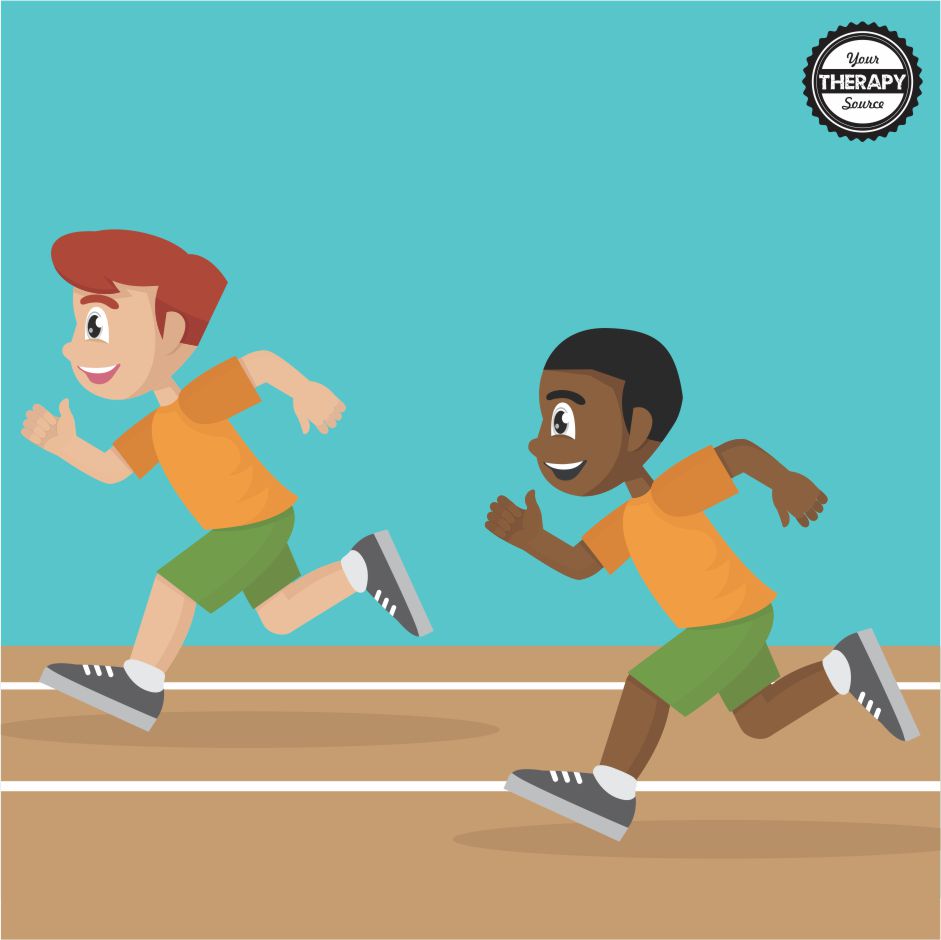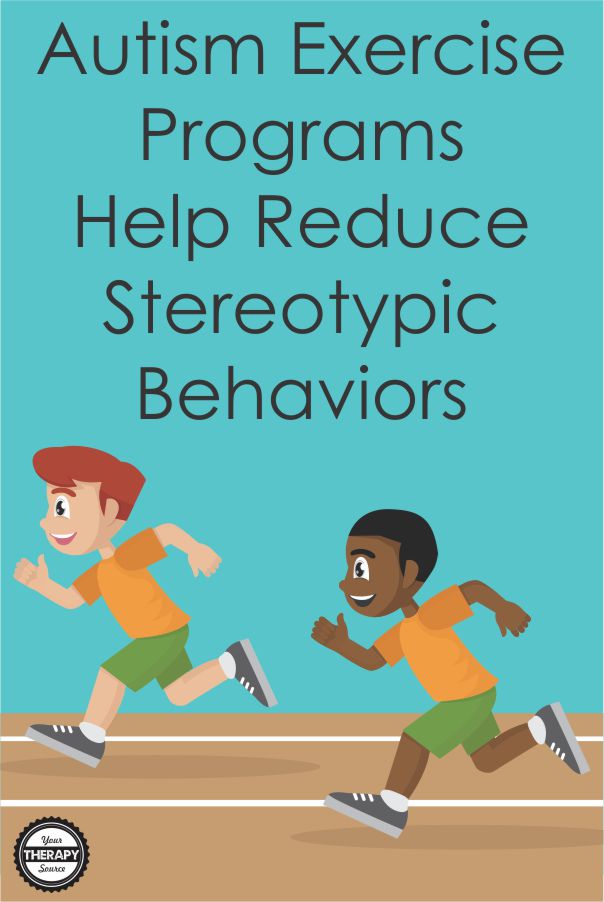Autism Exercise Programs Help Reduce Stereotypic Behaviors
Do you work with children who are on the autism spectrum? Are you aware that autism exercise programs have shown the potential to reduce stereotypic behaviors?
Recent Research on Autism Exercise Programs
Researchers recently conducted a study to investigate how autism exercise programs can help reduce stereotypic behaviors since these behaviors can potentially affect social skills. Also, stereotypical behaviors may affect the ability to learn new information, interfere with healthy play skills, or may indicate later self-injurious behaviors.
The recent study completed three meta-analyses of ten studies on the effects of physical exercise on stereotypic behaviors in individuals with an autism spectrum disorder. Examples of exercises were running, dancing, stationary bike, trampoline, exercise ball exercises, and martial arts.
Results
The 10 studies included four aggregate score studies and six single-subject design studies. After statistical analysis, the researchers determined that:
- all 10 studies had a large effect indicating that physical exercise can decrease stereotypic behaviors in individuals with autism.
Conclusion
The researchers concluded that physical exercise is effective in decreasing stereotypic behaviors in individuals with autism, which is very important since roughly 90% of individuals with autism engage in stereotypic behaviors. They recommend that more research focus on reducing stereotypic behaviors before communication and social skills.
Read more on Autism Exercise Programs Here
The researchers concluded that exercise and physical activity, including basic coordination and strength exercises, are important therapeutic interventions for children with ASD.
Exercise, Academic Engagement and Autism
The authors concluded that aerobic exercise before classroom activities may improve academic responses in young children with autism spectrum disorder.
Reference: Tarr, C. W., Rineer-Hershey, A., & Larwin, K. (2019). The Effects of Physical Exercise on Stereotypic Behaviors in Autism: Small-n Meta-Analyses. Focus on Autism and Other Developmental Disabilities, 1088357619881220.
Resources for Exercise Programs
25+ Bilateral Coordination Exercises is a collection of bilateral coordination exercise sheets including QR codes with links to video demonstration of exercises. Great addition to autism exercise programs.
Exercises for Classroom and Home. It includes 5 printed, full-color posters that are 11″ by 17″ to hang up in your classroom, home, hallway, or school gym. They are perfect for in-class brain breaks, self-regulation, physical activity and more!
The PRINTED version of the posters also includes the DIGITAL version (PDF version) so you can print and share with the students to take home with them to reinforce the activities.






